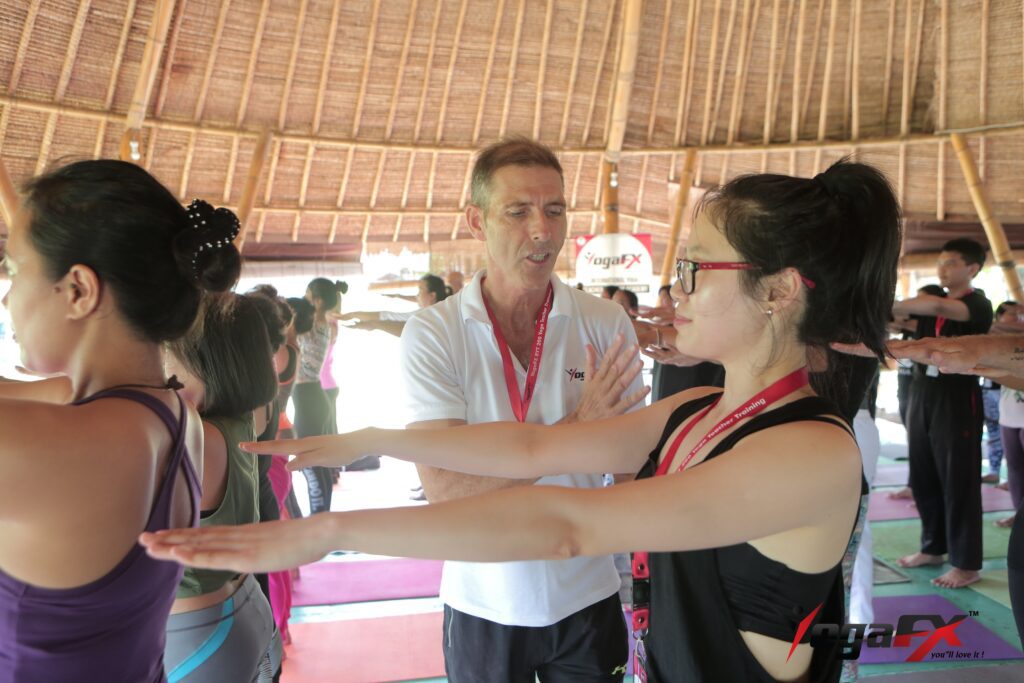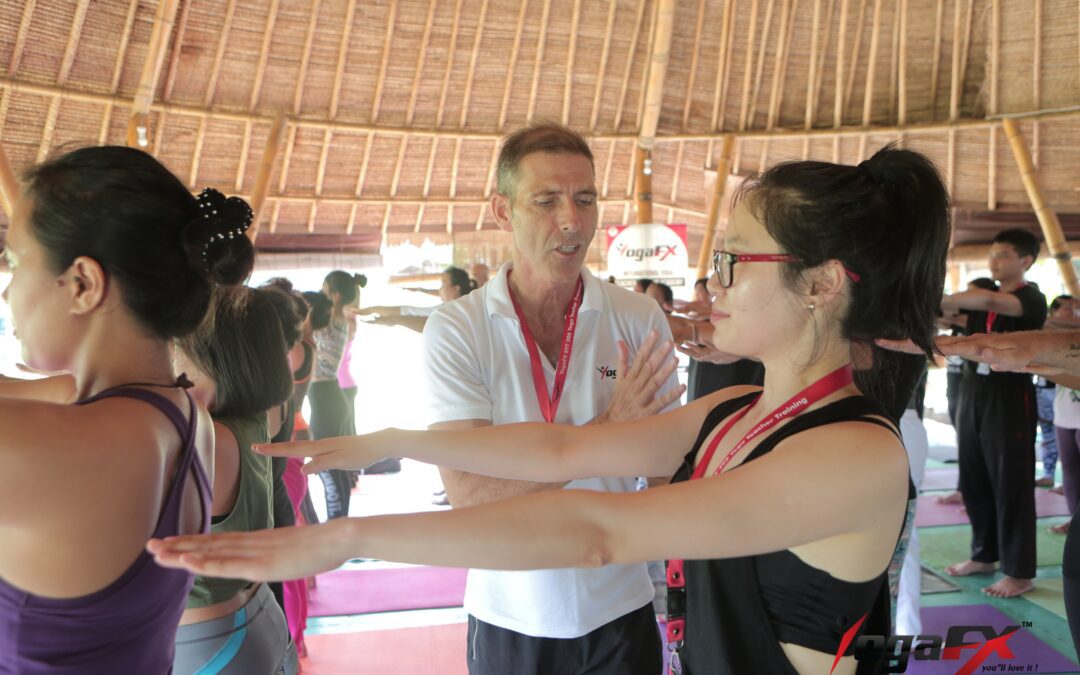Welcome to the comprehensive guide that will take you on a transformative journey through the world of 26 and 2 yoga, also known as hot yoga or Bikram yoga. In this guide, we will explore the intricacies of this dynamic practice, including its origins, benefits, and key components. Whether you’re a seasoned practitioner or a curious beginner, this guide will equip you with the knowledge and insights necessary to unlock the full potential of 26 and 2 yoga. So, let’s dive in and discover the transformative power of this sequence of 26 postures and 2 breathing exercises designed to nurture your body, mind, and spirit.

The History and Origins of 26 and 2 Yoga
26 and 2 yoga traces its roots back to the founder, Bikram Choudhury. Inspired by traditional hatha yoga, Bikram developed this specific sequence of postures to create a challenging and transformative practice. He introduced the practice to the United States in the 1970s, and it has since gained popularity worldwide. The sequence consists of 26 postures and 2 breathing exercises, all performed in a heated room. This combination of postures, heat, and controlled breathing offers a unique and powerful experience.
“TRUE REAL CHANGE HAPPENS FROM WITHIN NOT FROM OTHERS “
The 26 Postures of 26 and 2 Yoga
Let’s delve into the 26 postures that make up the core of this practice. Each posture targets specific muscles, joints, and organs, working together to enhance strength, flexibility, and balance. From the standing series to the floor series, each posture is carefully designed to bring about physical, mental, and emotional benefits.
The practice begins with the Standing Deep Breathing exercise (Pranayama), which helps to calm the mind and prepare the body for the practice ahead. It is followed by a series of standing postures, such as the Half Moon Pose (Ardha Chandrasana), Awkward Pose (Utkatasana), and Eagle Pose (Garudasana), which build strength, stability, and focus.
The practice then transitions to the floor series, including poses like the Rabbit Pose (Sasangasana), Camel Pose (Ustrasana), and the challenging Fixed Firm Pose (Supta Vajrasana). These poses target the spine, hips, and internal organs, promoting flexibility, improved digestion, and detoxification.
The practice concludes with the final breathing exercise, the Kapalabhati breath, which helps to invigorate the body and mind while promoting detoxification.
The 2 Breathing Exercises of 26 and 2 Yoga
In addition to the postures, 26 and 2 yoga incorporates two specific breathing exercises: the Pranayama series and the Kapalabhati breath.
The Pranayama series focuses on deep inhalations and exhalations, promoting proper oxygenation and relaxation. Through conscious breathing, the practitioner learns to control the breath and cultivate a sense of calmness and presence.
The Kapalabhati breath involves rapid exhalations through the nose while keeping the inhalations passive. This breathing technique helps to cleanse the respiratory system, increase energy levels, and stimulate the internal organs.
Benefits of Practicing 26 and 2 Yoga
The practice of 26 and 2 yoga offers numerous benefits for both the body and mind. Physically, it enhances flexibility, strength, and balance. The heat allows for deeper stretching and detoxification through sweat. The postures also stimulate the cardiovascular system, promoting improved circulation and cardiovascular health.
Mentally, the practice cultivates focus, discipline, and mental clarity. The combination of challenging postures and controlled breathing requires concentration, allowing practitioners to develop a deep sense of mindfulness and presence.
Regular practice can lead to stress reduction, increased self-awareness, and improved overall well-being. It offers a space for self-exploration, personal growth, and self-acceptance.
Tips for a Successful 26 and 2 Yoga Practice
To make the most of your 26 and 2 yoga practice, it’s important to prepare yourself physically and mentally. Here are some tips for a successful practice:
1. Hydration:
Drink plenty of water before and after your practice to stay hydrated. It’s important to replenish the fluids lost through sweat during the heated practice.
2. Arrive Early:
Arrive at the studio early to acclimate to the heat and give yourself time to settle into the space. This will allow your body to adjust and prepare for the practice ahead.
3. Listen to Your Body:
Pay attention to your body’s signals and listen to its needs. Take breaks when necessary and modify poses if needed. Remember that yoga is a personal practice, and everyone’s body is different.
4. Focus on Breath:
The breath is the foundation of your practice. Pay attention to your breath throughout the practice, maintaining steady and controlled inhalations and exhalations. It will help you stay grounded and connected to the present moment.
5. Practice Mindfulness:
Bring mindfulness to your practice by staying present and fully engaged in each posture. Let go of distractions and external thoughts, allowing yourself to fully immerse in the practice.
Common Challenges and How to Overcome Them
As with any yoga practice, you may encounter challenges along the way. Here are some common difficulties that practitioners may face and tips to overcome them:
1. Physical Limitations:
If you have physical limitations or injuries, it’s important to work within your comfort zone and modify the postures as needed. Consult with a qualified instructor who can guide you in finding appropriate modifications and variations.
2. Intense Heat:
The heated room can be challenging, especially for beginners. Start slowly, listen to your body, and take breaks when needed. With time, your body will acclimate to the heat, and you’ll be able to withstand longer practice sessions.
3. Mental Stamina:
The 26 and 2 yoga practice can be mentally demanding. It requires focus, discipline, and perseverance. Build your mental stamina gradually, and don’t be discouraged by temporary setbacks. Celebrate your progress along the way.
Incorporating 26 and 2 Yoga into Your Routine
If you’re considering incorporating 26 and 2 yoga into your routine, it’s important to find the right balance. Determine how frequently you can practice and for how long. Consider integrating it with other forms of exercise or yoga styles to create a well-rounded routine. Listen to your body and adjust your practice accordingly to prevent overexertion and promote sustainable progress.
Bikram Hot YogaFX Teacher Training
If you’re passionate about 26 and 2 yoga and want to deepen your practice or share it with others, consider enrolling in a hot yoga teacher training program. YogaFX, led by Mr. Ian, offers Yoga Alliance certified and ACE-approved Bikram Hot YogaFX teacher training. With their comprehensive curriculum and experienced instructors, you’ll gain the knowledge, skills, and confidence to become a qualified 26 and 2 yoga teacher. They also offer the convenience of Bikram yoga teacher training online, making it accessible for aspiring teachers worldwide.

Conclusion
In conclusion, 26 and 2 yoga offers a transformative journey of self-discovery and growth. By practicing the sequence of 26 postures and 2 breathing exercises, you can experience a wide range of physical, mental, and emotional benefits. Whether you’re seeking increased flexibility, strength, stress relief, or enhanced mindfulness, this practice has much to offer. Consider exploring the possibilities of becoming a certified 26 and 2 yoga teacher through the online Bikram yoga teacher training offered by YogaFX. Embrace the power of this practice, unlock your full potential, and embark on a lifelong journey of growth and well-being.
“The saddest thing in life is to have something that nobody wants”

